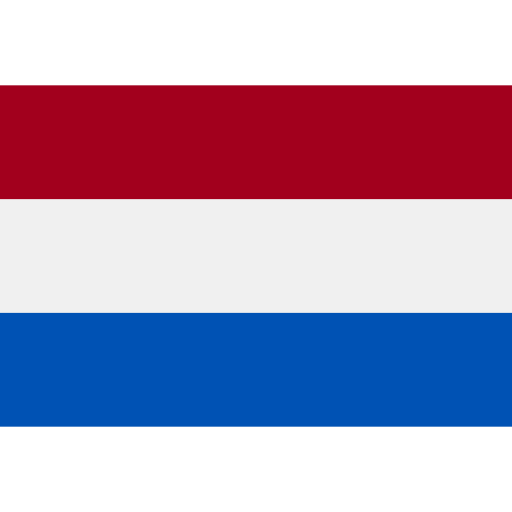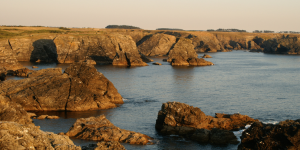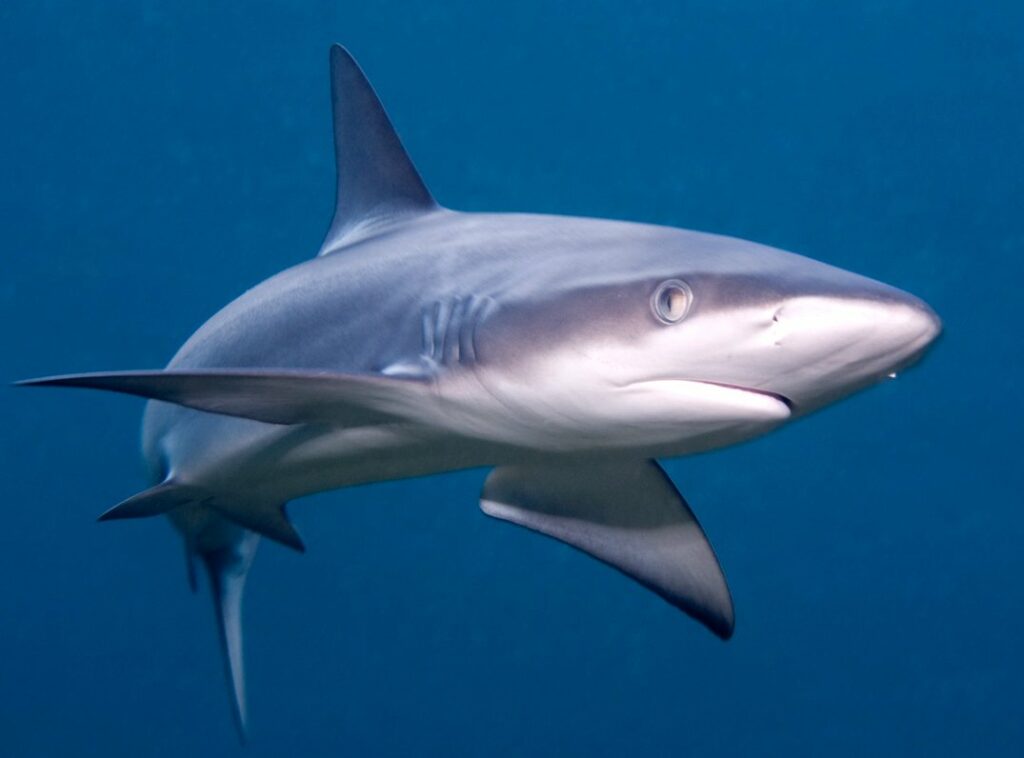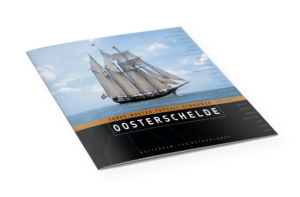25 May Science days
25 May 2025
Science Days
When we arrived at ‘Young Seamount’ yesterday morning, everyone wanted to check it on the map. Are we really there? You can’t tell from the surface that we have arrived at a hotspot for ocean life. Sure, we saw some birds (maybe even a few more than the morning before) but otherwise our destination is invisible to the naked eye.
The map shows 14 different positions lying in a straight line across the ridge of the undersea mountain below us. We will stop at all these points to collect data, on both slopes of the undersea mountain. To take water samples containing DNA of surrounding wild life, we need to lower several probes to depths of 70 and 200 metres. Meanwhile, the ship must remain as still as possible during the 10 minutes needed to pump enough water through the membranes in the probe. The water samples will later be analysed in a laboratory to identify DNA from animals in the area.
One of the probes is also equipped with a lamp and a camera and has sensors that send a signal when a shark passes by that has been previously tagged. The whole operation runs like a well-oiled machine.
During a calm night, we sail on to ‘Grattan Seamount’. Today, we will proceed at this spot in the same way as yesterday. So far, things are going well and when we get over the top of ‘Grattan Seamount’, we have already seen about 20 Galapagos sharks with the naked eye! It will be interesting to see how many the measuring instruments have picked up that were hidden from the naked eye. The highlight and end of our second day of research is marked by another shark baiting. This afternoon, we will return to the top of the submarine mountain and set our bait in the hope of a real feeding frenzy! Greetings from the research vessel Oosterschelde!







